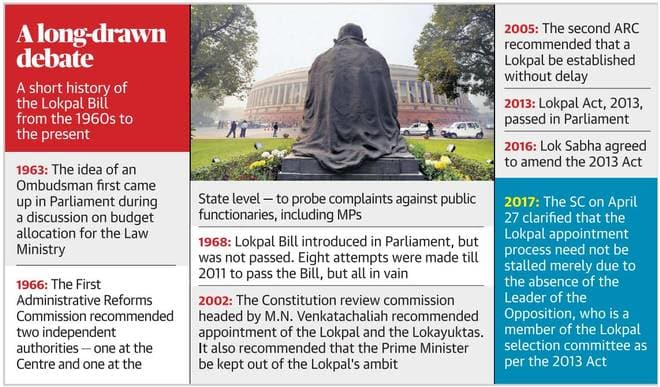Free Courses Sale ends Soon, Get It Now


Free Courses Sale ends Soon, Get It Now



Copyright infringement is not intended
Context: Controversy over the amendment to the Lokayukta Act of Kerala
Details:
Historical Background:
Features of Lokpal and Lokayuktas Act 2013:
Lokayuktas:
Concerns:
Way forward:
https://www.thehindu.com/opinion/lead/untangling-keralas-lokayukta-controversy/article65074372.ece
© 2024 iasgyan. All right reserved